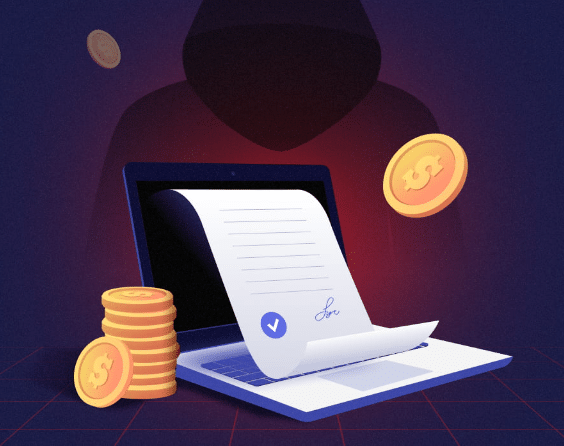Cryptocurrencies and blockchain technology have brought about exciting opportunities, but they’ve also attracted scammers looking to exploit unsuspecting users. One common threat is malicious smart contracts. Today we will be sharing some easy steps that will help anyone spot or avoid malicious smart contracts even if you are not a tech expert.
How to Spot Malicious Code of any Defi Swaps and Pools Platform – Avoiding Malicious Smart Contracts
- Step 1: Research the Project
Start by researching the project associated with the smart contract. Look for information about the team behind it. Legitimate projects have transparent teams with verifiable backgrounds. If you can’t find any information about the team or if they seem suspicious, it’s a red flag.
You may also like: A Beginner’s Guide to Safe DeFi Swaps and Pools
- Step 2: Check the Contract’s Source Code (Optional)
If you have some technical knowledge or know someone who does, consider checking the smart contract’s source code. You’re looking for any hidden functions, vulnerabilities, or suspicious code patterns. However, this step is not necessary for everyone and can be complex.
How to get the smart contract address
- Use a DeFi aggregator. DeFi aggregators are websites or apps that allow you to compare and swap tokens from multiple DEXs and liquidity pools. They typically have a list of all the DEXs and liquidity pools they support, along with their contract addresses. Some popular DeFi aggregators include:
- 1inch
- Paraswap
- Matcha
- DexGuru
- Zapper
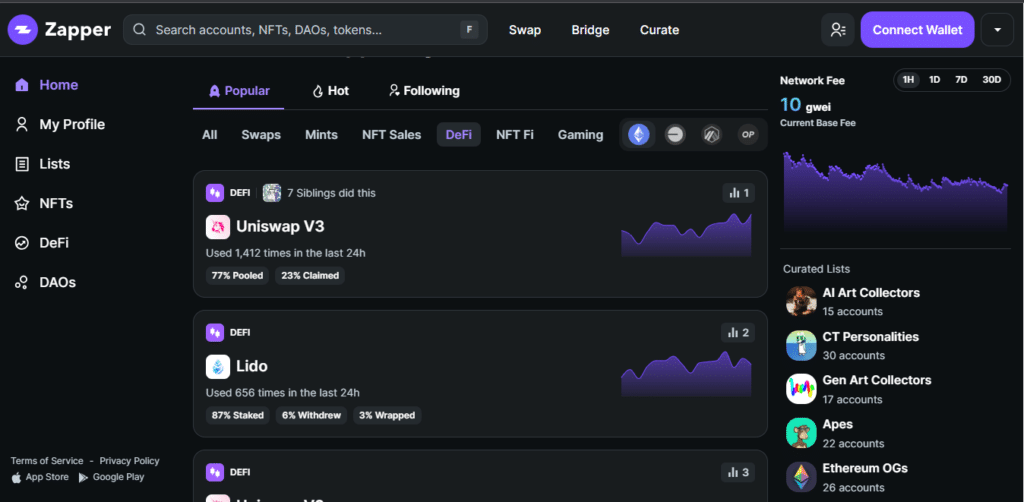
To get the contract address of a DeFi swap or pool using a DeFi aggregator, simply search for the swap or pool you’re interested in and look for the contract address. It’s usually listed under the “Details” or “Info” tab.
- Use a blockchain explorer. Blockchain explorers are websites or apps that allow you to view and search blockchain data. They typically have a list of all the smart contracts deployed on the blockchain, along with their contract addresses. Some popular blockchain explorers include:
- Etherscan (for Ethereum)
- BscScan (for Binance Smart Chain)
- Polygonscan (for Polygon)
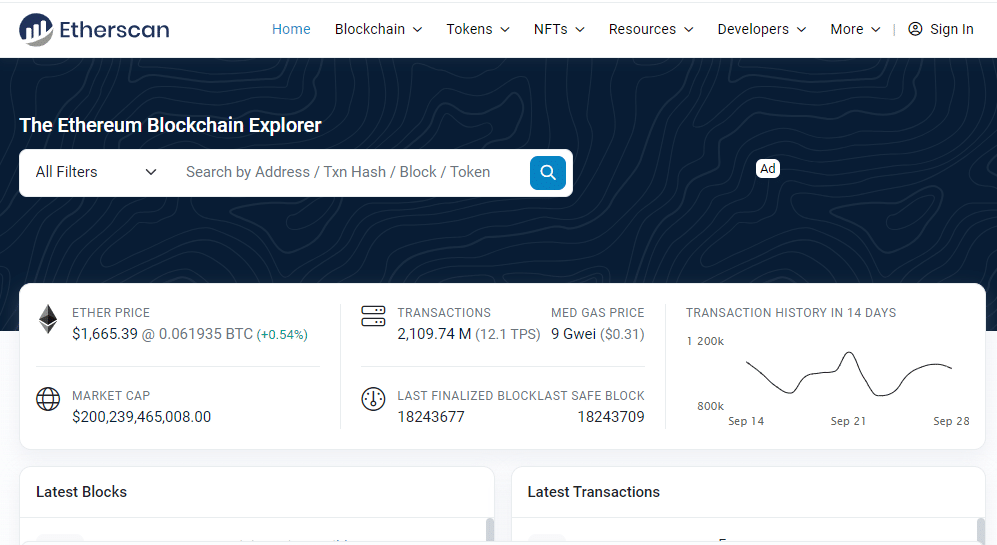
To get the contract address of a DeFi swap or pool using a blockchain explorer, simply search for the swap or pool you’re interested in and look for the contract address. It’s usually listed under the “Contract” or “Address” tab.
Be careful when searching for DeFi swaps and pools online. There are many scams out there, so it’s important to only use trusted sources like the ones mentioned above.
- Step 3: Look for Audit Reports
Reputable projects often undergo security audits by third-party firms. These audits assess the contract’s security and identify potential vulnerabilities. Look for these audit reports on the project’s website or in their official documentation. If no audit report is available, it’s a warning sign.
Here is a screenshot of how the 1-inch Defi platform showcases its audits.
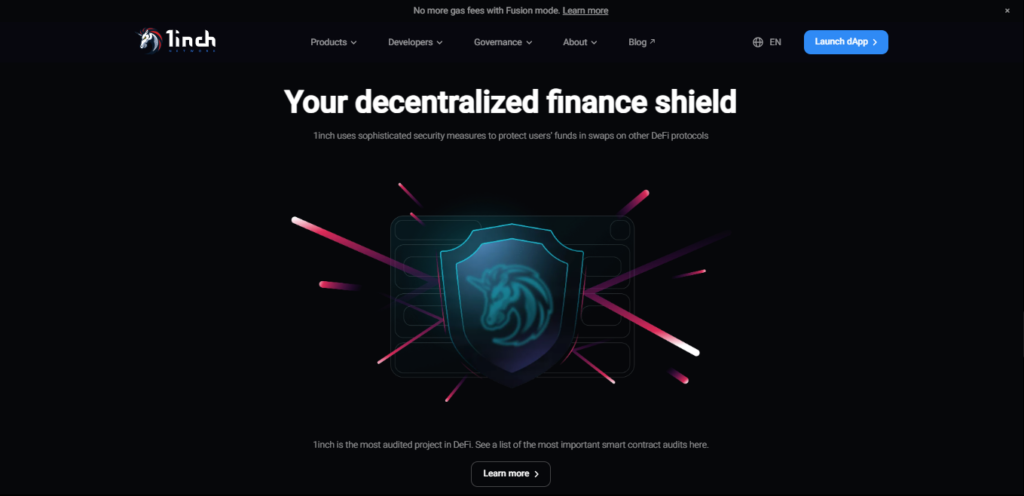
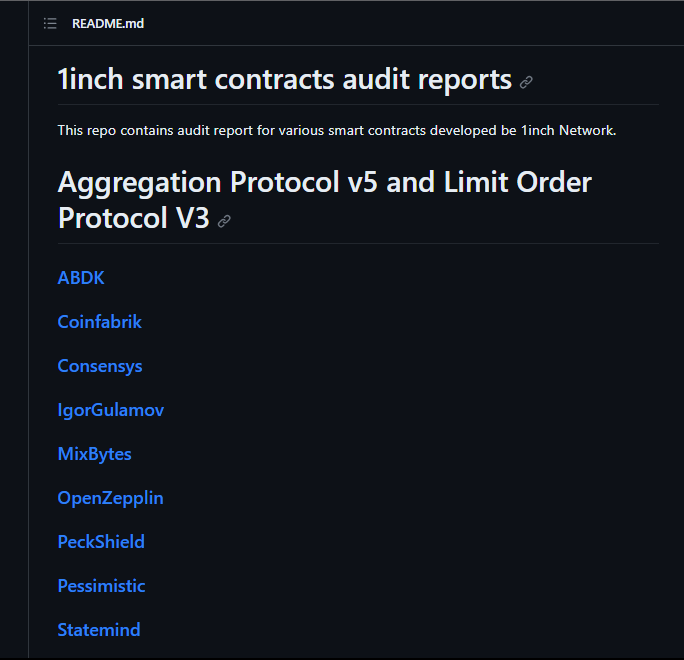
- Step 4: Verify the Contract Address of the Defi Swaps or pools you use
Before interacting with a smart contract, ensure that you have the correct contract address. Scammers often create fake websites with fake addresses to trick you. Always double-check the contract address on the official project website or reliable sources this is a crucial step in avoiding malicious smart contracts.
- Step 5: Beware of Too-Good-to-Be-True Offers
If a smart contract promises incredibly high returns or guaranteed profits, it’s likely a scam. High-yield investment programs (HYIPs) are often traps to steal your money. Be cautious and remember that real investments carry risks.
- Step 6: Community Feedback
Search for feedback and reviews from the blockchain community. Check online forums, social media, or dedicated discussion boards. If you find a lack of community presence or suspiciously positive reviews, be cautious.
- Step 7: Trust Your Instincts
If something doesn’t feel right or if you have doubts about a smart contract, trust your gut feeling. It’s better to be overly cautious than to risk losing your funds.
- Step 8: Use Reputable Wallets and Tools for Defi Swaps and Pools
Always use well-established cryptocurrency wallets and tools. Avoid unknown wallet applications or browser extensions, as they may be malicious and compromise your security.
- Step 9: Watch Out for Phishing
Scammers may try to trick you with phishing attempts and social engineering tactics. Always double-check URLs, email addresses, and messages, especially if they ask for personal information or private keys.
- Step 10: Stay Informed
Keep yourself informed about the latest news and security alerts related to cryptocurrencies and blockchain technology. Following trusted sources and news outlets can help you stay updated on potential threats.
In conclusion, recognizing malicious smart contracts doesn’t require advanced technical knowledge. By following these simple steps and using common sense, you can protect yourself from scams and fraudulent projects in cryptocurrencies. Remember, your security should always come first.
